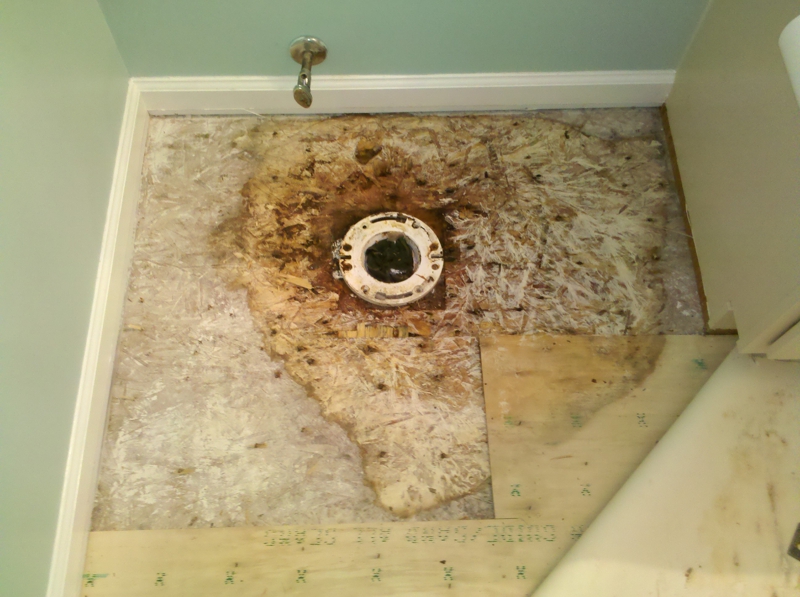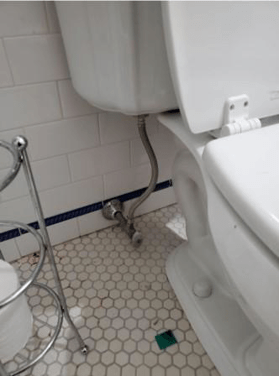Ways to Fix a Water-Damaged Wall in the Bathroom
Ways to Fix a Water-Damaged Wall in the Bathroom
Blog Article
What are your thoughts and feelings about How to Fix a Water Damage Bathroom?

The bathroom is exceptionally prone for moist build-up as well as potential water damage due to the frequent use water in it. This post uses basic evaluation methods to assist spotting water damages threats.
The constant use water in the shower room makes it incredibly susceptible for moist accumulation and potential water damage. By inspecting it routinely, you can reduce water associated problems.
The adhering to set of inspections is very easy to do as well as should be done as soon as in every 3 months in order to keep your bathroom in good shape and also to avoid potential water damages brought on by the tub, the shower, pipe joints and also plumbing, sinks, cupboards, and the commode
Do not disregard performing these examinations as well as be detailed while performing them. Remember that these easy examinations can conserve you a lot of cash by offering very early indicators for water damage
Sinks as well as Cabinets
Sinks and closets are exposed to wetness and moisture daily as well as are frequently forgotten. Check routinely under the sink and also on the counter top above it. Fix any type of drip in the trap as it might suggest drainpipe issues. Look around the sink, slow-moving draining pipes might indicate an obstructed drain. Change sink seals if they are cracked or loosened.
Bathtub and also Shower
The shower and bath tub need unique attention and also maintenance. Check the ceramic tiles as well as replace if fractured. Ensure that there is no missing out on cement in between the ceramic tiles. Inspect and also change fractured caulking at joints where the walls fulfill the floor or the tub. Clogged drains and also pipes troubles will stop the bath tub from drying as well as might indicate severe problems underneath the bathtub. Seek advice from an expert immediately to avoid structural damages. Pay attention to stainings or soft areas around the tub wall surfaces as they may suggest an inner leak.
Plumbing
Signs for water damages are tough to discover given that many pipelines are mounted inside the wall surfaces.
Pay special interest to floor covering and walls wetness as well as discolorations as they might suggest an undetectable plumbing trouble. Examine moisture levels in adjoining rooms also.
The Bathroom
The commode is an at risk water joint. Check the water lines and search for leaks around the commode seat, in the pipe, and also under the water container. If you find any kind of indicators of moisture on the floor around the toilet, check for leaks in the toilet rim and tank seals.
Understand that hanging commode dish antiperspirants boosts the possibilities for blockages.
Water Damage Signs In The Bathroom To Avoid Cleanup
Musty smell
This is one of the easiest signs to catch because musty smells are so odorous. The damp, earthy, moldy smell should be a big red flag. The smell will develop when moisture gets trapped in surfaces, and begins to facilitate mold growth. Leaking pipes under cabinets, inside walls, and behind shower fixtures will cause moisture to stay trapped and not dry, which will lead to mold growth and spread. As soon as you notice any musty smells in your bathroom, have it checked for hidden water damage and cleanup signs.
Visible mold
If the smell isn’t there to give it away, sometimes you will actually see mold growth. Finding mold in your bathroom is a serious problem, because mold is very harmful to your health. By the time mold growth is visible, it also means that water damage has already occurred and been present for some time. The only way the mold problem can be resolved is to find the source of the moisture and get it stopped. To safely and adequately remove mold, you need to have professionals handle the remediation. Do not waste any time in getting mold problems addressed, fixed, and sanitized so that you can protect you and your family from the many respiratory symptoms caused by mold exposure.
Damaged floors
Bathroom floors should be able to withstand some exposure to water while still remaining in good condition. However, when excess exposure or water leaks occur, they will begin to damage even the most water-resistant flooring. If you notice any cracking, bubbling, staining, or warping on your bathroom floors, there is probably a water leak somewhere causing the distortion. If you notice areas of the floor have become softer, or even have a spongy feeling, there is probably damage to the subfloor. Subflooring is typically made up of plywood. When plywood is exposed to water or moisture, it will absorb it. Once it has become saturated, the weight of the excess water will cause the wood to swell and soften. Check the floors in your bathroom frequently to catch any of these sings before they lead to damaged subflooring.
Changes on walls
When water leaks behind walls, it will cause changes in the drywall. Peeling plaster, blistering paint, and soggy wallpaper are all good indicators that excess water is building up behind the wall. Water leaking behind drywall will cause it to swell and be soft to the tough. If you start to notice gaps along the trim of your walls, or where tile meets the wall, it could also be a strong indicator that there is a leak behind the wall. Any changes, distortion, or damage on the walls should be evaluated as soon as you notice it to prevent further water damage and cleanup.

As a keen person who reads on Looking for Signs of Water Damage in the Bathroom, I was thinking sharing that piece of content was smart. Sharing is nice. Helping people is fun. Thank you for your time. Kindly stop by our website back soon.
Source This Article Report this page